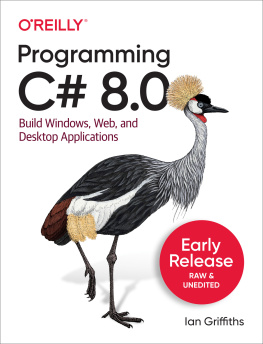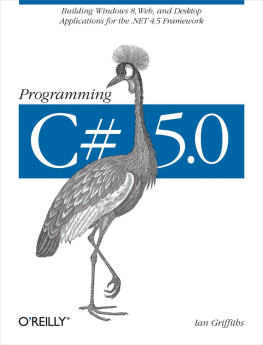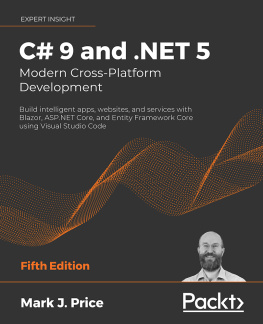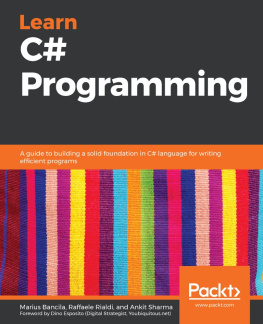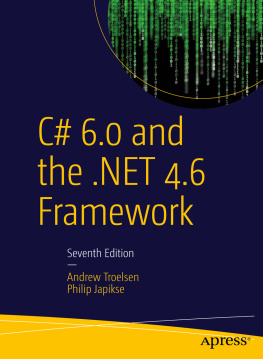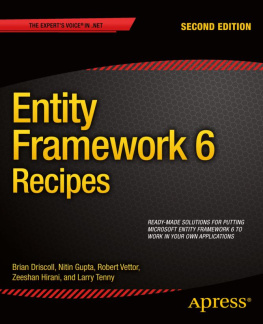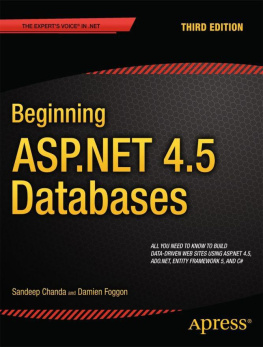Ian Griffiths - Programming C# 4.0: Building Windows, Web, and RIA Applications for the .NET 4.0 Framework
Here you can read online Ian Griffiths - Programming C# 4.0: Building Windows, Web, and RIA Applications for the .NET 4.0 Framework full text of the book (entire story) in english for free. Download pdf and epub, get meaning, cover and reviews about this ebook. year: 2010, publisher: OReilly Media, genre: Computer. Description of the work, (preface) as well as reviews are available. Best literature library LitArk.com created for fans of good reading and offers a wide selection of genres:
Romance novel
Science fiction
Adventure
Detective
Science
History
Home and family
Prose
Art
Politics
Computer
Non-fiction
Religion
Business
Children
Humor
Choose a favorite category and find really read worthwhile books. Enjoy immersion in the world of imagination, feel the emotions of the characters or learn something new for yourself, make an fascinating discovery.

- Book:Programming C# 4.0: Building Windows, Web, and RIA Applications for the .NET 4.0 Framework
- Author:
- Publisher:OReilly Media
- Genre:
- Year:2010
- Rating:4 / 5
- Favourites:Add to favourites
- Your mark:
Programming C# 4.0: Building Windows, Web, and RIA Applications for the .NET 4.0 Framework: summary, description and annotation
We offer to read an annotation, description, summary or preface (depends on what the author of the book "Programming C# 4.0: Building Windows, Web, and RIA Applications for the .NET 4.0 Framework" wrote himself). If you haven't found the necessary information about the book — write in the comments, we will try to find it.
With its support for dynamic programming, C# 4.0 continues to evolve as a versatile language on its own. But when C# is used with .NET Framework 4, the combination is incredibly powerful. This bestselling tutorial shows you how to build web, desktop, and rich Internet applications using C# 4.0 with .NETs database capabilities, UI framework (WPF), extensive communication services (WCF), and more.
In this sixth edition, .NET experts Ian Griffiths, Matthew Adams, and Jesse Liberty cover the latest enhancements to C#, as well as the fundamentals of both the language and framework. Youll learn concurrent programming with C# 4.0, and how to use .NET tools such as the Entity Framework for easier data access, and the Silverlight platform for browser-based RIA development.
- Learn C# fundamentals, such as variables, flow control, loops, and methods
- Build complex programs with object-oriented and functional programming techniques
- Process large collections of data with the native query features in LINQ
- Communicate across networks with Windows Communication Foundation (WCF)
- Learn the advantages of C# 4.0s dynamic language features
- Build interactive Windows applications with Windows Presentation Foundation (WPF)
- Create rich web applications with Silverlight and ASP.NET
Ian Griffiths: author's other books
Who wrote Programming C# 4.0: Building Windows, Web, and RIA Applications for the .NET 4.0 Framework? Find out the surname, the name of the author of the book and a list of all author's works by series.

